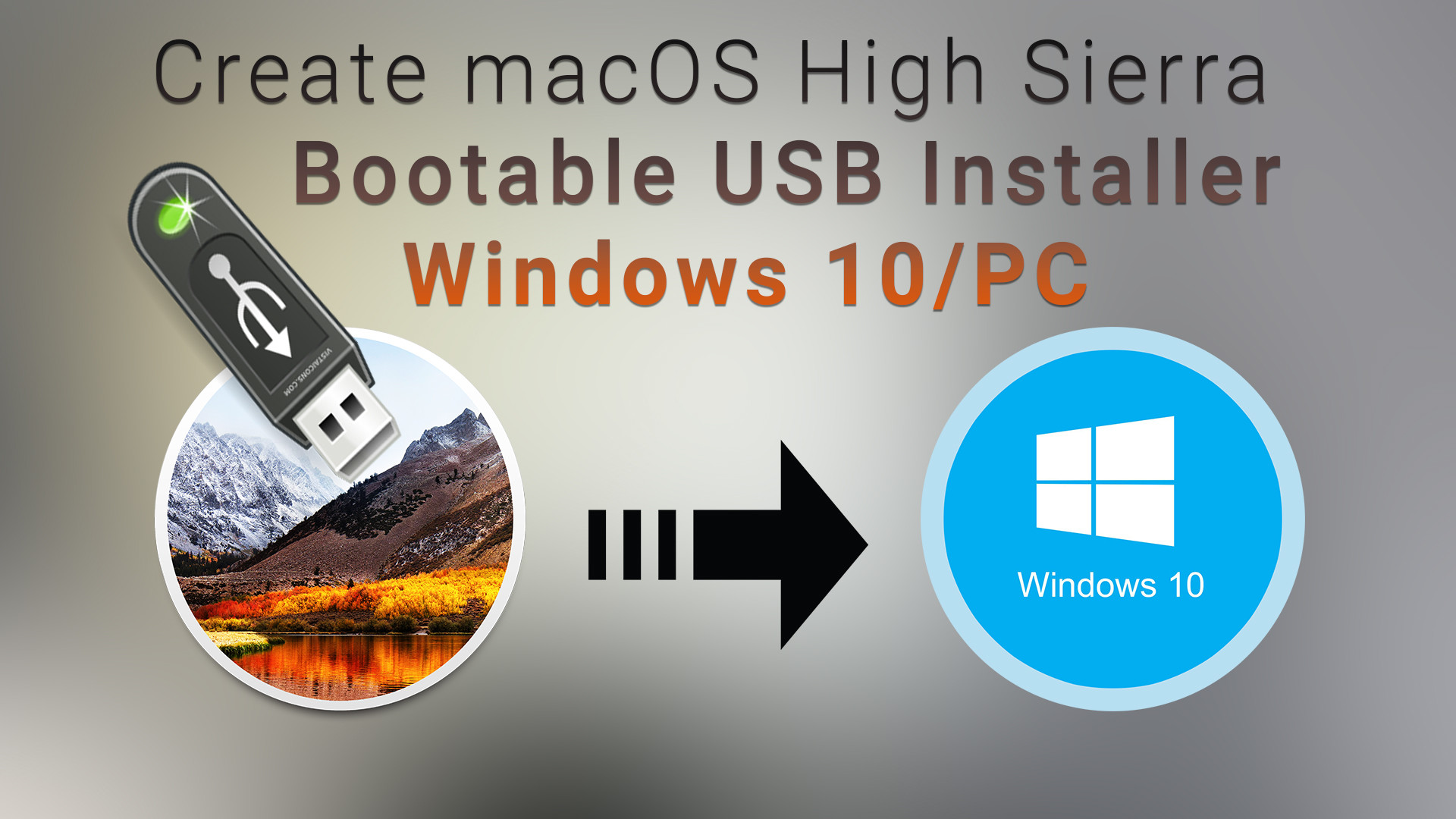

- #DOWNLOAD MAC OS SIERRA USB INSTALLER DMG INSTALL#
- #DOWNLOAD MAC OS SIERRA USB INSTALLER DMG PASSWORD#
- #DOWNLOAD MAC OS SIERRA USB INSTALLER DMG DOWNLOAD#
- #DOWNLOAD MAC OS SIERRA USB INSTALLER DMG FREE#
Back up your dataīefore backing up your data it’s always a good idea to clean your Mac first.

#DOWNLOAD MAC OS SIERRA USB INSTALLER DMG DOWNLOAD#
#DOWNLOAD MAC OS SIERRA USB INSTALLER DMG INSTALL#
It makes sense to create a bootable USB flash drive to install the High Sierra operating system if you want to quickly install it on several Macs without having to download the installer each time. The app will help you delete junk, duplicates, and unnecessary apps in a couple of clicks.
#DOWNLOAD MAC OS SIERRA USB INSTALLER DMG FREE#
MacKeeper allows you to free up necessary gigabytes easily. You can now quit Terminal and eject the volume.Please note that before installing any system, you need to ensure there is sufficient space on your Mac.
#DOWNLOAD MAC OS SIERRA USB INSTALLER DMG PASSWORD#
When prompted, type your administrator password and press Return again.* If your Mac is using macOS Sierra or earlier, include the -applicationpath argument and installer path, similar to the way this is done in the command for El Capitan. Sudo /Applications/Install\ OS\ X\ El\ Capitan.app/Contents/Resources/createinstallmedia -volume /Volumes/ MyVolume -applicationpath /Applications/Install\ OS\ X\ El\ Capitan.app Sudo /Applications/Install\ macOS\ High\ Sierra.app/Contents/Resources/createinstallmedia -volume /Volumes/ MyVolume

Sudo /Applications/Install\ macOS\ Mojave.app/Contents/Resources/createinstallmedia -volume /Volumes/ MyVolume

Sudo /Applications/Install\ macOS\ Catalina.app/Contents/Resources/createinstallmedia -volume /Volumes/ MyVolume Sudo /Applications/Install\ macOS\ Big\ Sur.app/Contents/Resources/createinstallmedia -volume /Volumes/ MyVolume If it has a different name, replace MyVolume in these commands with the name of your volume. These assume that the installer is in your Applications folder and MyVolume is the name of the USB flash drive or other volume you're using. Type or paste one of the following commands in Terminal.Open Terminal, which is in the Utilities folder of your Applications folder.Connect the USB flash drive or other volume that you're using for the bootable installer.


 0 kommentar(er)
0 kommentar(er)
